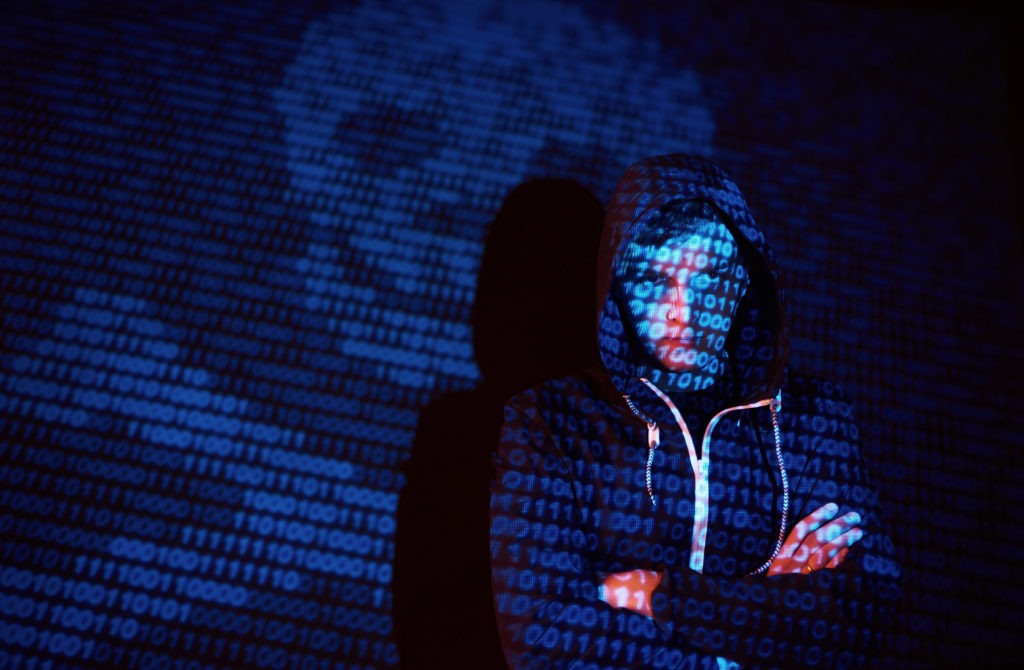
ISO 27001 will change! Find out about updates to the standard
ISO 27001 will change! Discover the new updates to the standard KEY CHANGES AND HOW
Cyberattacks have been on the rise for the past two years. Recent data from the National Cybersecurity Center (CNCS) shows that cyberattacks increased by 23% in the first half of 2021, compared to the same period in 2020, and up by 124% compared to 2019.
Teleworking has become a reality for many sectors due to the pandemic and for that reason cybersecurity has become a top priority. The ManpowerGroup technological brand presented the five cybersecurity trends that it considers will mark 2022.
1. Training the workforce to adopt safe teleworking behaviors: data indicates that cyberattacks increase with remote work and for this reason, companies need to be trained so that cybersecurity is considered in strategic discussions and design of new work models. In 2022, companies will increasingly turn to data analytics to be able to assess cybersecurity threats in terms of employee behavior and associated risks, adapting their policies accordingly.
2. Creation of cybersecurity committees reporting to management: The specialist company says that specialized cybersecurity committees are starting to appear in companies. These are often led by a member of the executive board already experienced in security matters (such as a former director of information security) or even by specialized consultants.
3. Greater adoption of Artificial Intelligence in cybersecurity: “Many companies are already using Artificial Intelligence (AI) in their cybersecurity initiatives and others are planning to introduce it soon”, anticipates the technological brand of ManpowerGroup. Among the advantages are allowing the analysis of traffic and access patterns that prevent the impersonation of identities, as well as identifying and correcting vulnerabilities in systems and networks.
4. Consolidation of vendors: In order to simplify security operating systems, Experis anticipates that more and more companies will seek “to readjust themselves, in order to reduce costs, obtain a more unified view and a more secure architecture”. effective". Contrary to the trend of adoption of different tools, achieved through multiple suppliers.
5. Greater weight of regulation: The legislation should evolve to cover not only infringements and data loss, but also vulnerabilities and exposure to potential damage. Additionally, and in the longer term, Experis notes that increasing accountability of CISOs similar to that of CFOs and CEOs is likely to be increasing.
When it comes to security threats it's always best to stay one step ahead!
Strongstep has a set of cybersecurity experts ready to guarantee your company's security.
If your company has not yet implemented the International Information Security Standard, please download our Ebook now and learn more about this service to improve your business.

ISO 27001 will change! Discover the new updates to the standard KEY CHANGES AND HOW

Cyberattack on Revolut affected data of thousands of customers Revolut confirmed this Tuesday that

Increase information security through workforce development When we think about